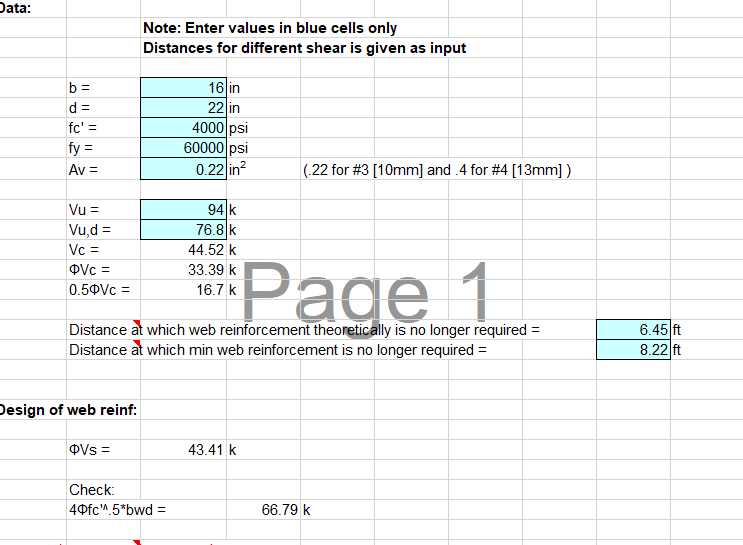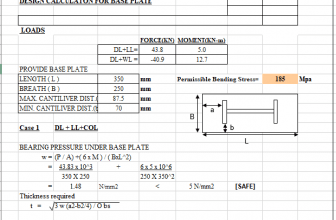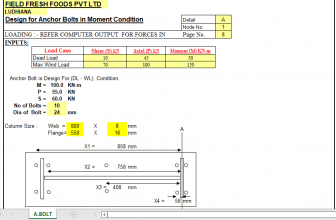
he research on the shear bearing capacity of reinforced concrete beams began at the end of the nineteenth century. Over the past 100 years, thousands of shear tests of concrete beams have been carried out by researchers, and various calculation models to predict the shear capacity of beams have been put forward. At present, the shear bearing capacity theory for RC beams mainly includes modified compression field theory (MCFT), disturbed stress field model (DSFM), fixed angle softened truss theory (FASTM) and rotating-angle softened truss model (RASTM). The MCFT and DSFM suggest that the shear capacity of concrete members is composed of the contribution of concrete and reinforcement. Both the theories regard reinforced concrete as a new orthotropic material and introduce the tensile hardening of concrete between oblique cracks. The tensile stress in concrete is limited by examining the local stress equilibrium at the crack. The FASTM theory and the RASTM also regard reinforced concrete as new material. The difference from the MCFT theory is that the FASTM eliminates the local balance check at the crack. Besides, instead of using the stress–strain relationship of bare bars in the FASTM, the stress–strain relationship of steel bars wrapped in concrete is used. In order to study the bearing capacity of reinforced concrete beams, Vahid Broujerdian et al. (2019) proposed an algorithm for predicting multiple shear cracks, load-deformation behaviour and ultimate shear capacity of reinforced concrete beams based on the discrete crack method. The results obtained were in good agreement with the existing benchmark test results of shear failure of reinforced concrete beams. Khatab et al. (2017) tested eight reinforced concrete beams. By comparing with the calculated values of ACI 318M-11 code, the calculated values of tension-compression bar model (STM) and test values, it is concluded that although the equation proposed by ACI 318M-11 is very simple, the predicted results of the STM are more accurate. Lee et al. (2018) proposed a dual potential energy bearing capacity model (DPCM) to evaluate the shear strength of short and deep reinforced concrete (RC) members with shear span depth ratio less than 2.5. The accuracy of the model is verified by 466 sets of test data. Baghi and Barros (2018) conducted a sensitivity analysis on the input parameters affecting the shear strength of reinforced concrete members. Taking into account the results of sensitivity analysis, two simple equations were proposed, which eliminated the iterative process required by the SMCFT and provided a straightforward design methodology to find β and θ with suitable accuracy for design purposes. By evaluating the experimental to analytical prediction result ratio, an average value of 1.24 with a coefficient of variation of 20.9% was obtained.
Although the reliability and accuracy of the MCFT theory has been verified, the MCFT theory still has some shortcomings under some special load conditions. The shear bearing capacity of the members with high or low stirrup ratio can not be accurately evaluated, and the convergence condition of the MCFT for checking the local equilibrium at cracks is so strict that crack shear stress test is difficult to carry out effectively. The FASTM theory cancels the check of the local equilibrium at the crack, and adopts the complicated constitutive equations of the material. This complicated constitutive equations make the iterative process of the method more complicated and obstruct the popularization and application in engineering. The present paper innovatively proposed an explicit calculation method for the shear capacity of RC beams with the rectangular section-based FASTM theory and 367 groups test data of reinforced concrete beams.





